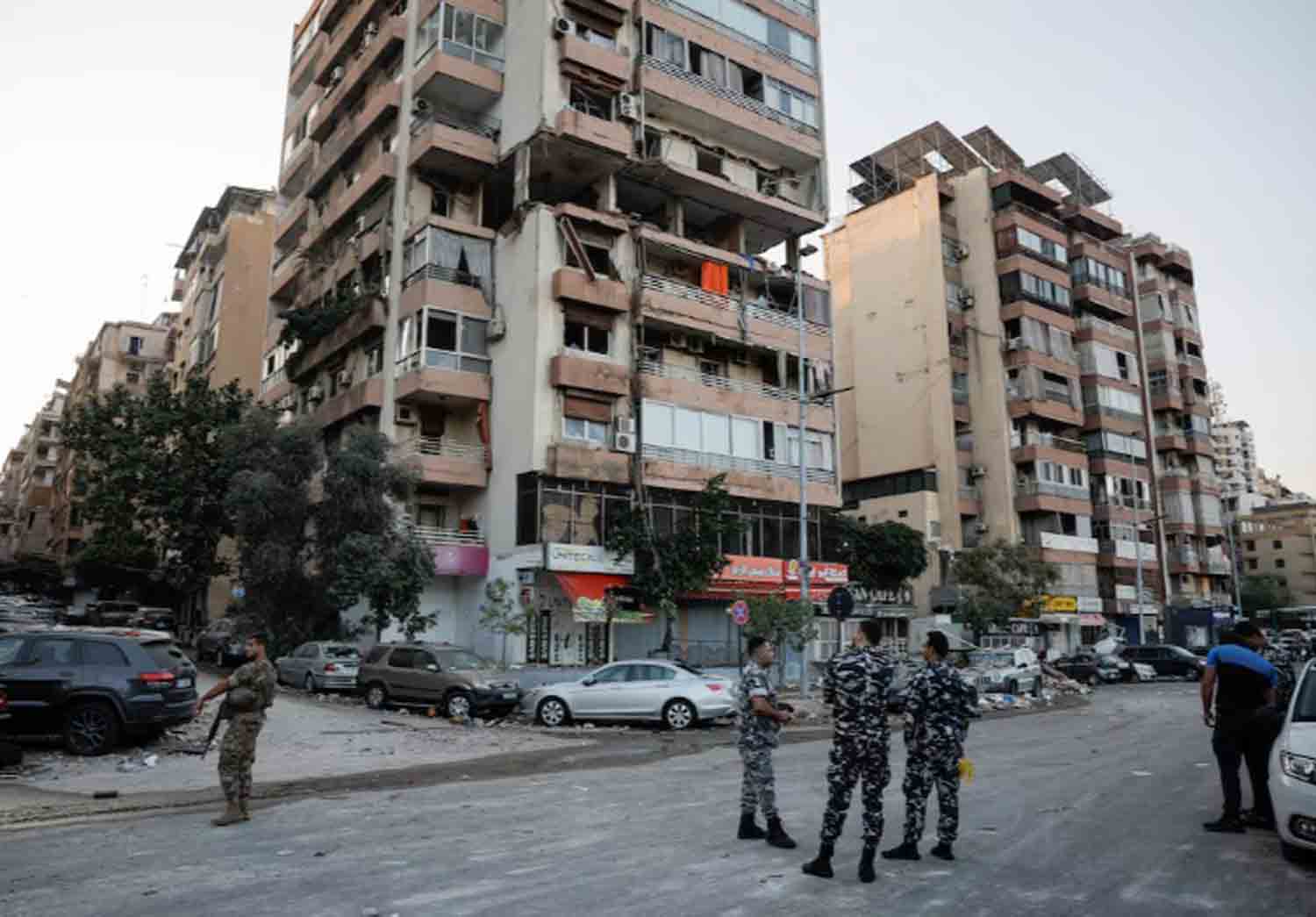Israel has launched an extensive airstrike campaign against Lebanon in a span of less than three weeks, resulting in over 1,400 fatalities, nearly 7,500 injuries, and the displacement of more than one million individuals, as reported by the Lebanese health ministry.
The strikes, which Israel claims are aimed at Hezbollah positions, represent the most intense aerial operations outside of Gaza in the past two decades, according to the conflict monitoring organization Airwars.
Emily Tripp, director of the UK-based group, stated to CNN that the level and intensity of Israel’s actions are unprecedented, even among its allies, who would not have conducted such operations in the last 20 years. She referenced the U.S.-led military campaign against ISIS in 2017, during which approximately 500 munitions were deployed in a single day at the peak of the battle for Raqqa, the group’s main stronghold.
On September 24 and 25, the Israeli military reported utilizing 2,000 munitions and executing 3,000 strikes within just two days.
In contrast, throughout most of the 20-year U.S. military engagement in Afghanistan, the U.S. conducted fewer than 3,000 strikes annually, except for the initial year of the invasion, which saw around 6,500 strikes, according to data from Airwars.
Tripp remarked that the scale and magnitude of Israel’s strikes on Lebanon are far from normal. She noted that while Israel’s air campaign is highly unusual, the extensive assaults on Gaza over the past year—where it is estimated that nearly 60% of buildings have suffered damage from Israeli strikes—have contributed to a normalization of such large-scale military actions.
Israel asserts that it takes measures to reduce civilian casualties, such as notifying residents in targeted buildings through phone calls and text messages. However, human rights organizations, including Amnesty International, argue that these warnings do not exempt Israel from its obligations under international humanitarian law to minimize harm to civilians.
The media has previously highlighted Israel’s extensive use of 2,000-pound bombs, which experts attribute to the significant death toll in Gaza and which were reportedly used in airstrikes that resulted in the death of Hezbollah leader Hassan Nasrallah in Lebanon. These large munitions have severely affected civilian infrastructure in both Gaza and Lebanon.
This week, journalists in Beirut observed that numerous Israeli airstrikes occurred without any prior warning. Additionally, Israel has been sending evacuation orders via text messages during the night, when many residents are asleep.
Consequently, the death toll in Lebanon continues to climb, with approximately 20% of its population now displaced.
Hezbollah and Israel have been engaged in ongoing hostilities since October 8, following the Hamas-led assault on Israel that resulted in over 1,200 fatalities and 250 hostages. Hezbollah, a militant organization supported by Iran, has declared that it will continue its attacks on Israel until a ceasefire is established in Gaza, where Israeli airstrikes have reportedly claimed more than 41,000 lives over the past year, according to the local health ministry.
The majority of the exchanges of fire between Israel and Hezbollah since the onset of the conflict have been attributed to Israeli military actions, including strikes, drone operations, shelling, and missile launches targeting Lebanese territory, as reported by ACLED (Armed Conflict Location and Event Data), which monitors violent conflicts.
Since October 8, Israel has conducted nearly 9,000 strikes in Lebanon, while Hezbollah has responded with approximately 1,500 attacks during the same period, according to ACLED statistics.
On September 25, Israel intensified its air operations with a significant series of strikes across various regions of Lebanon, marking the deadliest day for the country since the 2006 Israel-Hezbollah conflict and representing a critical juncture in the ongoing hostilities.
most deadly airstrikes in decades
Over 1,300 individuals have lost their lives, and approximately one million have been displaced within a span of less than three weeks. Israel has stated that its military operations are aimed at Hezbollah targets.
While Israel’s airstrikes have predominantly focused on southern Lebanon throughout the past year, there has been a notable increase in attacks on the capital, Beirut, in recent weeks. Multiple airstrikes in southern Beirut have resulted in the destruction of residential buildings and heavily populated civilian areas.
A series of rapid strikes has led to the deaths of at least seven senior Hezbollah commanders and officials in recent weeks, marking a significant setback for the organization since its inception in the early 1980s.
These attacks have primarily targeted the southern Dahiyeh neighborhood, a densely populated residential area and a known Hezbollah stronghold. It was in this area that Israel conducted an airstrike on September 27, resulting in the assassination of the militant group’s leader in his underground bunker.
As Israel’s efforts to disarm Hezbollah persist, civilians are bearing the brunt of the conflict, with the health ministry reporting that 127 children have been killed in less than three weeks.
On September 23 alone, at least 558 individuals, including 50 children and 94 women, lost their lives.
Women and girls are particularly vulnerable to the displacement resulting from the airstrikes, as noted by Lebanon’s country director at the humanitarian organization CARE International. Nearly half of those in emergency shelters for displaced individuals are children, and these facilities are operating beyond their intended capacity, according to Michael Adams.
airstrikes stretching from suburbs to city center Beirut
Airstrikes have struck a medical facility and residential structures in the capital of Lebanon. The Israeli military claims its operations are aimed at Hezbollah.
For the first time in almost two decades, Israel is conducting airstrikes in central Beirut rather than its outskirts.
At the same time, a significant portion of Lebanese territory is currently under evacuation orders from the Israeli military, as Israel escalates its ground offensive in the southern region, forcing residents to relocate over 30 miles north of their residences.
Israel orders southern Lebanon to evacuate
Numerous villages covering a significant portion of Lebanese territory have been instructed by Israel to evacuate north of the Al-Awali River.
Over 100 villages in southern Lebanon have received evacuation orders, raising concerns about a potential escalation of ground operations.
Residents are uncertain about when they will be allowed to return or what condition their homes will be in upon their return.
Discover more from Defence Talks | Defense News Hub, Military Updates, Security Insights
Subscribe to get the latest posts sent to your email.





